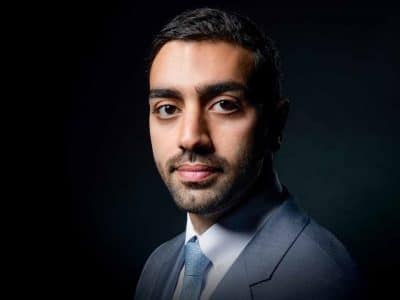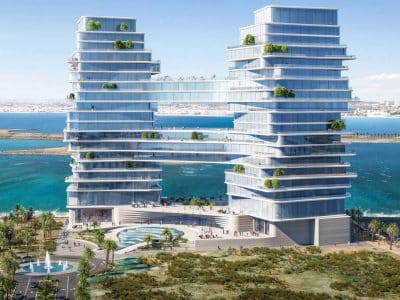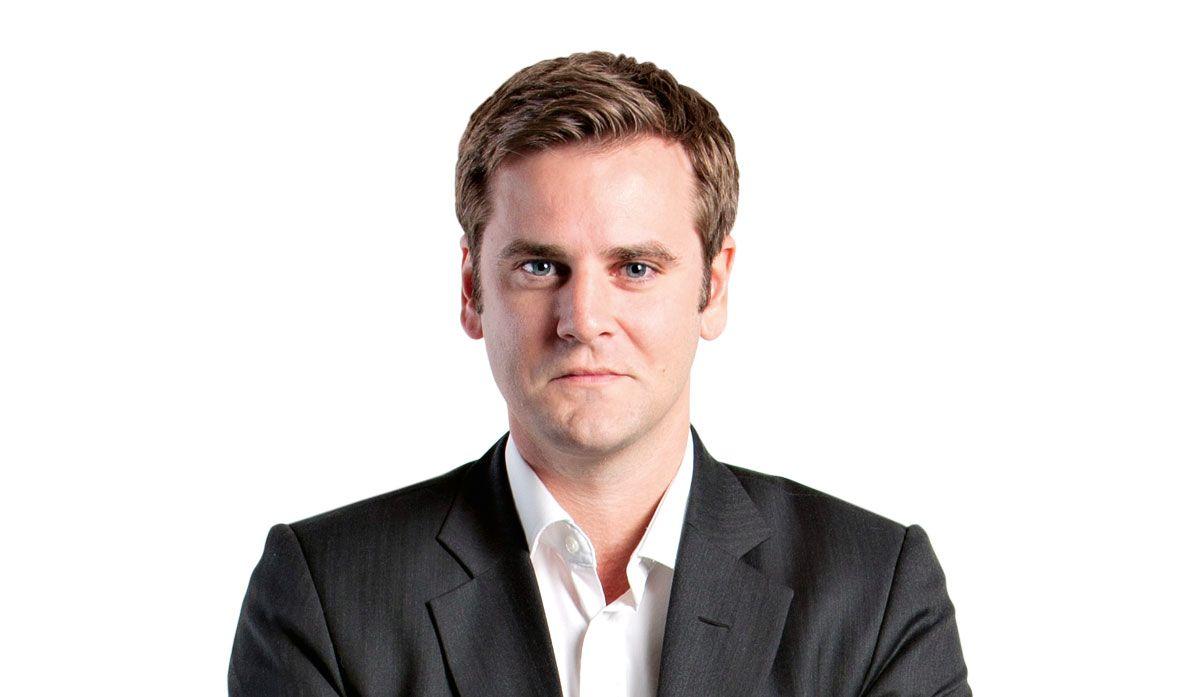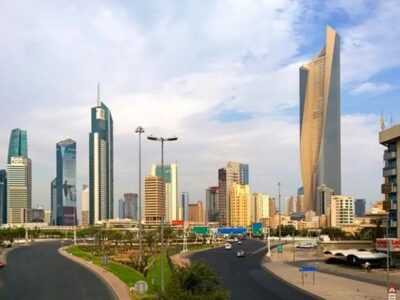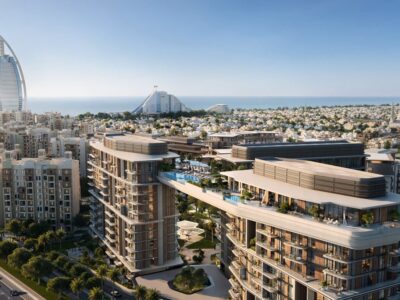Nakheel’s The World has been making headlines all over, well, the world ever since the project was announced over a decade ago. Unfortunately, not all the headlines have been particularly positive. Promises from developers have come and gone, while the archipelago of 300 islands has largely remained untouched.
This week’s cover story features Josef Kleindienst, the Austrian national who says The Heart of Europe, a six-island project built by the Kleindienst Group, will be the first permanent development on The World. The Heart of Europe features all the usual outlandish extras; climate-controlled streets with rain and snow, thousand-year-old olive trees that have been uprooted and transported from somewhere in the Mediterranean, marinas, boutique hotels and so on. Kleindienst says construction will begin in the next quarter, and that the whole project will take two years to complete.
If you’re thinking that all this sounds vaguely familiar, then you’d be right.
Back in February 2010, the Kleindienst Group was issuing press releases saying that it had hired a specialist foundation engineering contractor, FCG, to start ground settlement (or ‘vibro-compaction’) works on the Germany Island. That was scheduled to be completed by May of the same year, after which work on 20 private holiday villas would start, to be finished at some point in 2011.
In June 2010, the group said it had actually started building villas on the island. At around the same time, in an interview with Germany’s Der Spiegel (which also made reference to ‘a casino ship’), Kleindienst pointed out that 12 of the villas had already been sold, for about $4m each. Those buyers might be forgiven for questioning the developer’s promises this time round.
He even went on to announce plans for a star-studded New Year’s Eve party that year, with only A-list celebrities and “big names” being invited. In the end, of course, the party was scrapped. Between then and the beginning of this year, little has been heard about The Heart of Europe, barring a court case between the group and master developer Nakheel over the absence of infrastructure on the islands.
It’s hard not to feel some sympathy for Kleindienst. After all, less determined figures would have walked away from this kind of project years ago. Most already have. Kleindienst’s primary argument is that his 40-odd years of experience with island development make him the most likely candidate to succeed where others have failed. However, there seems to be precious little evidence of successful development on islands. The Kleindienst Group’s only venture outside the UAE and Europe, according to its website, is the ‘Seychelles Trade Centre’, which has an “anticipated launch date” of 2014. But the project’s dedicated website address leads to a dead link.
Another problem that the developer may have is timing. While the Kleindienst Group is clearly thinking long term, there is a concern that Dubai’s property market has reached a peak, with anecdotal evidence suggesting that rents in some areas of the city are already starting to drop.
To get the project completed on time, Kleindienst has previously said he will need to raise $400m in villa sales and equity stakes in hotels to cover the 50 percent of The Heart of Europe he is not already funding himself. That will depend on the continuing strong performance of the real estate market in the city, which is something of a punt.
Lastly, the project rests on the notion that the planet’s high net worth individuals buy into Kleindienst’s vision of melding a European-style holiday destination, complete with traditional German, Austrian and Russian architecture, with a top-end Gulf beach resort. It’s possible to argue that the Pearl-Qatar has already tried out that formula, but even that project’s defenders would be hard pushed to call it a complete success.
If Kleindienst’s grandiose scheme pays off, then there’ll be thousands more deckchairs lining the shores of the Arabian Gulf. Whether there’ll be the visitors there to service them is another matter entirely.
